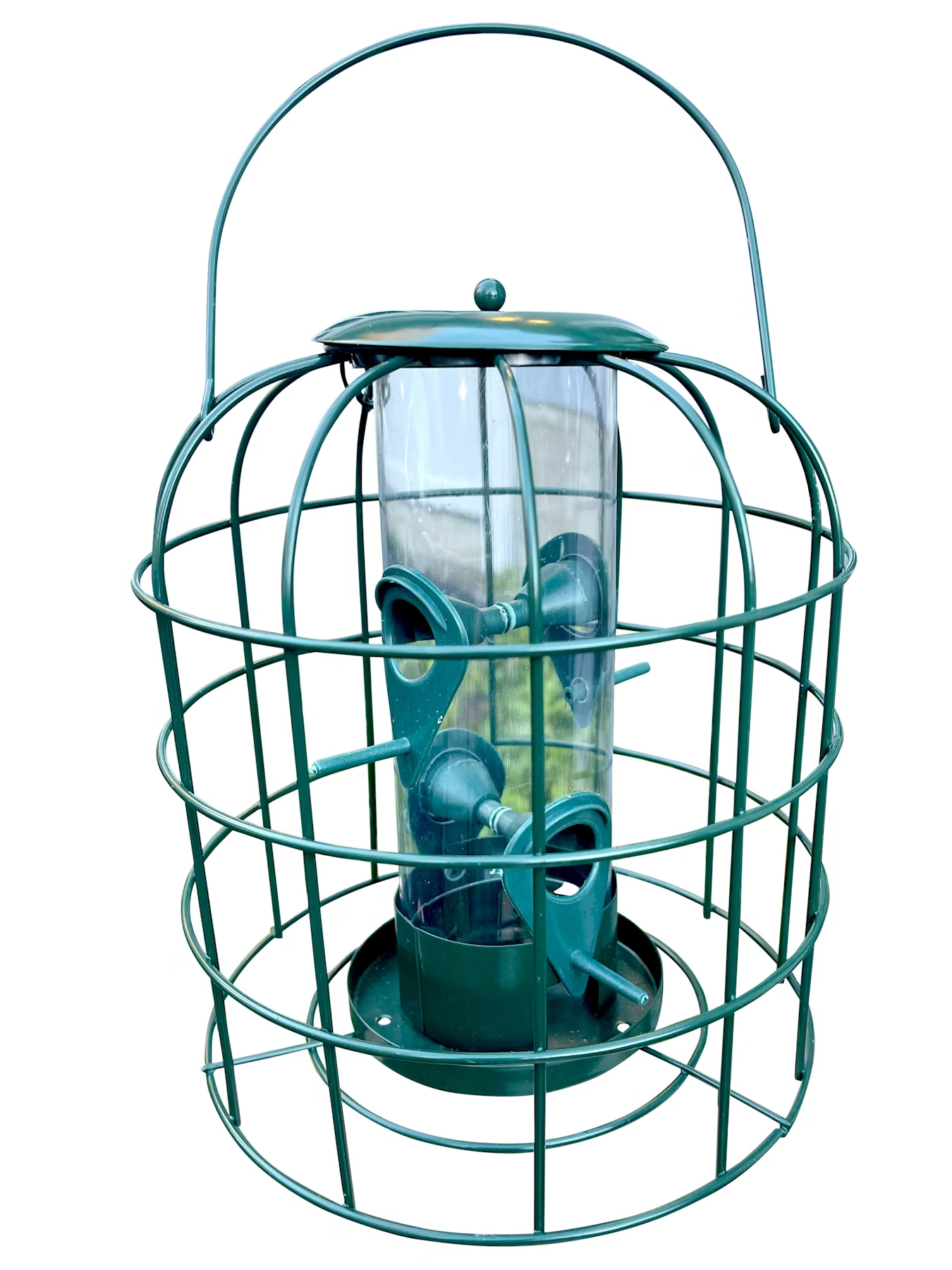Bird Feeder Problems And How To Solve Common Issues Before It’s Too Late
Many of us love attracting birds to our gardens with a bird feeder. Problems can arise, however, and it is important to deal with them quickly.

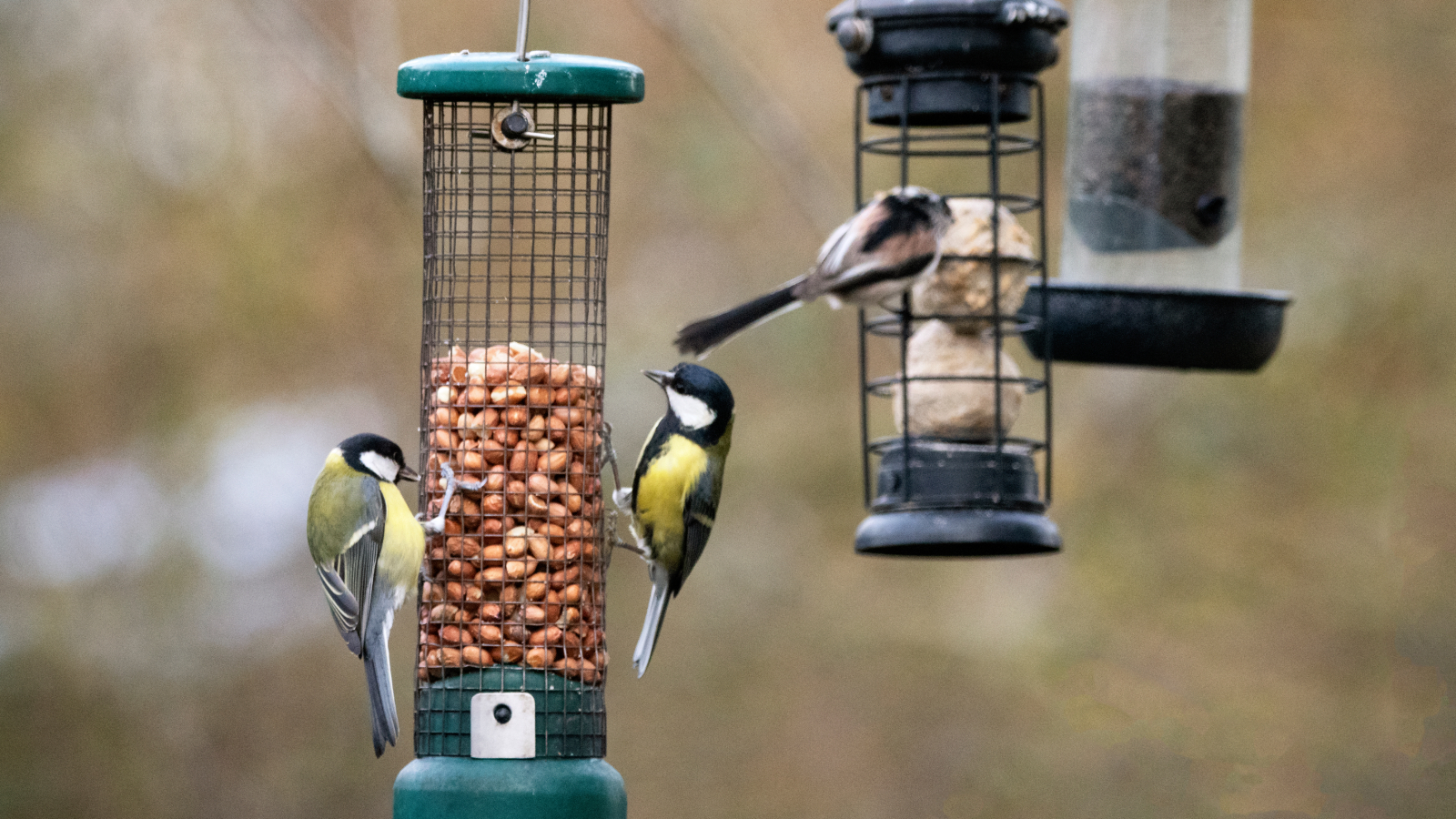
Seeing and hearing birds is one of the joys of gardening. You can create native habitat to attract them, but most gardeners go a step further and use feeders to bring more birds to the yard.
Creating a bird sanctuary in your garden with feeders, native shrubs, and bird baths can attract a wonderful variety of birds. While feeding birds can be a great way to see more of them, it also comes with problems.
It is important to address some of the issues that can come from birdseed which include attracting other animals, damage to your plants, and mold growth.
Bird Feeder Problems
Bird seed problems range from attracting unwanted animals to plants growing where you don’t want them to possibly even harming the birds you want to enjoy.
Attracting Pests
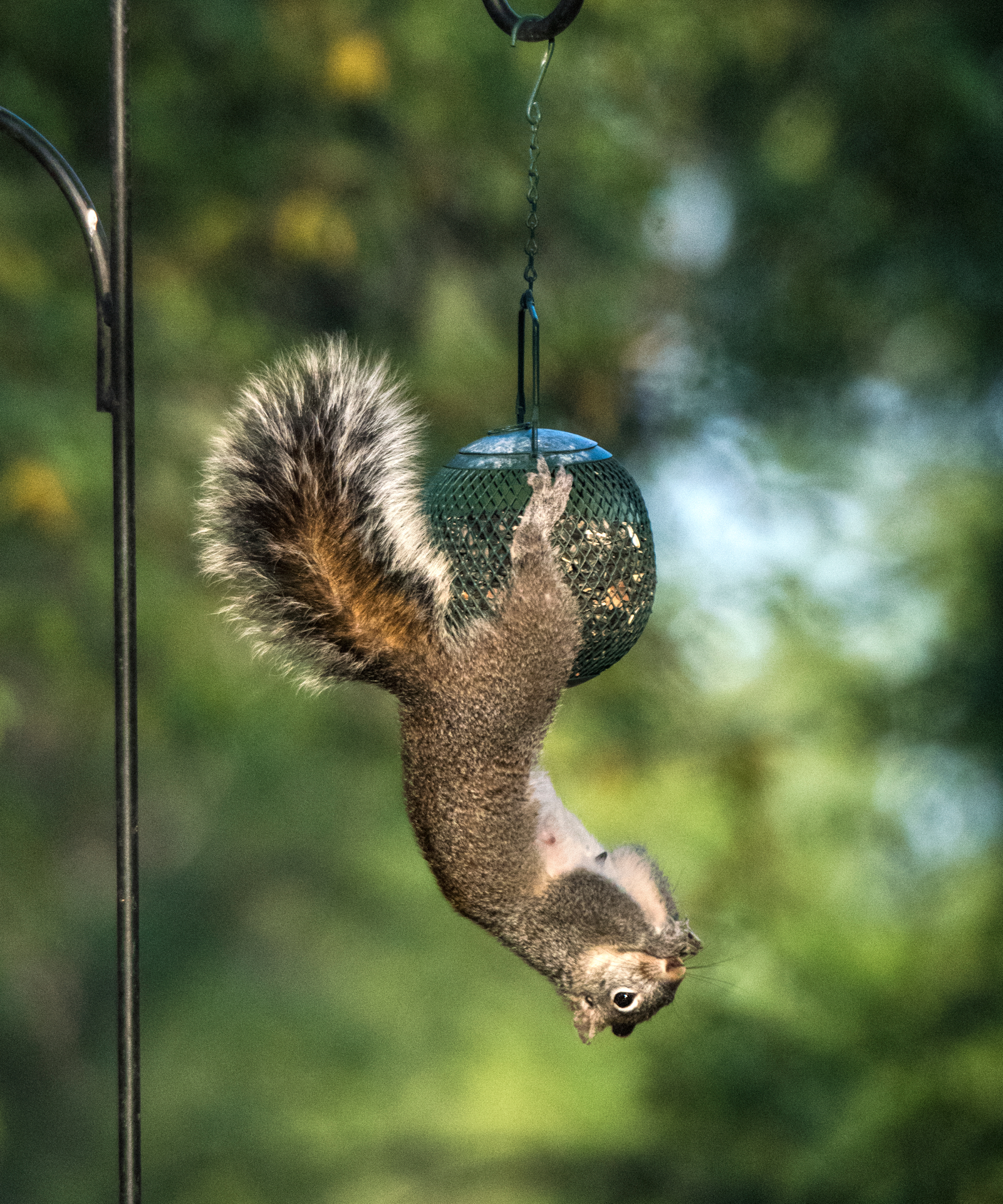
Creating a bird sanctuary is a common goal for gardeners and fans of wildlife, but feeders can also attract other animals.
This is one the most common complaints of gardeners and homeowners using bird feeders. Birds aren’t the only animals that eat seeds, peanuts, and suet. Depending on where you live, you’ll also see squirrels, chipmunks, voles, mice, raccoons, opossums, deer, foxes, and even bears at the feeder.
As long as they are native, these animals are not inherently pests. However, they can act as pests because of the damage they cause to your garden or yard. The larger animals can be especially damaging as they make their way through your beds and dig through plants to find seeds.
Sign up for the Gardening Know How newsletter today and receive a free copy of our e-book "How to Grow Delicious Tomatoes".
Weeds
Bird seed growing in garden beds is another major issue. Many of the seeds in your feed mix are viable and will germinate and sprout after they hit the ground.
This means you can get “weeds” all around your feeder. If you place a bird feeder in one of your beds, expect to be pulling little plants out of the soil regularly. If you aren't keen on weeding more, you could let your bird feeder area become a "weed garden" and let them go. These plants can be beneficial to your local pollinators.
Mold
Seed mixes can get moldy over time if you don’t clean up the area under the feeder. Or, you aren’t getting a lot of birds at your feeder, the mix sits for a long time in it and can get moldy. This is especially an issue after rain. Mold is unsightly but also dangerous for wildlife. Don't make the bird feeding mistake of letting seed rot.
It is important to keep bird feeders clean and regularly put fresh, dry bird seed in them so that mold does not become an issue. Clean your bird feeder by first emptying out the old feed. Scrub the feeder with warm, soapy water and rinse.
Then soak the feeder in a diluted bleach solution (1 part bleach to 9 parts water) for 10 minutes before rinsing again. Let the feeder completely dry before refilling.
It is also important to clean the ground below your feeder to remove any moldy or spoiled feed that can make birds and other animals sick.
Allelopathy
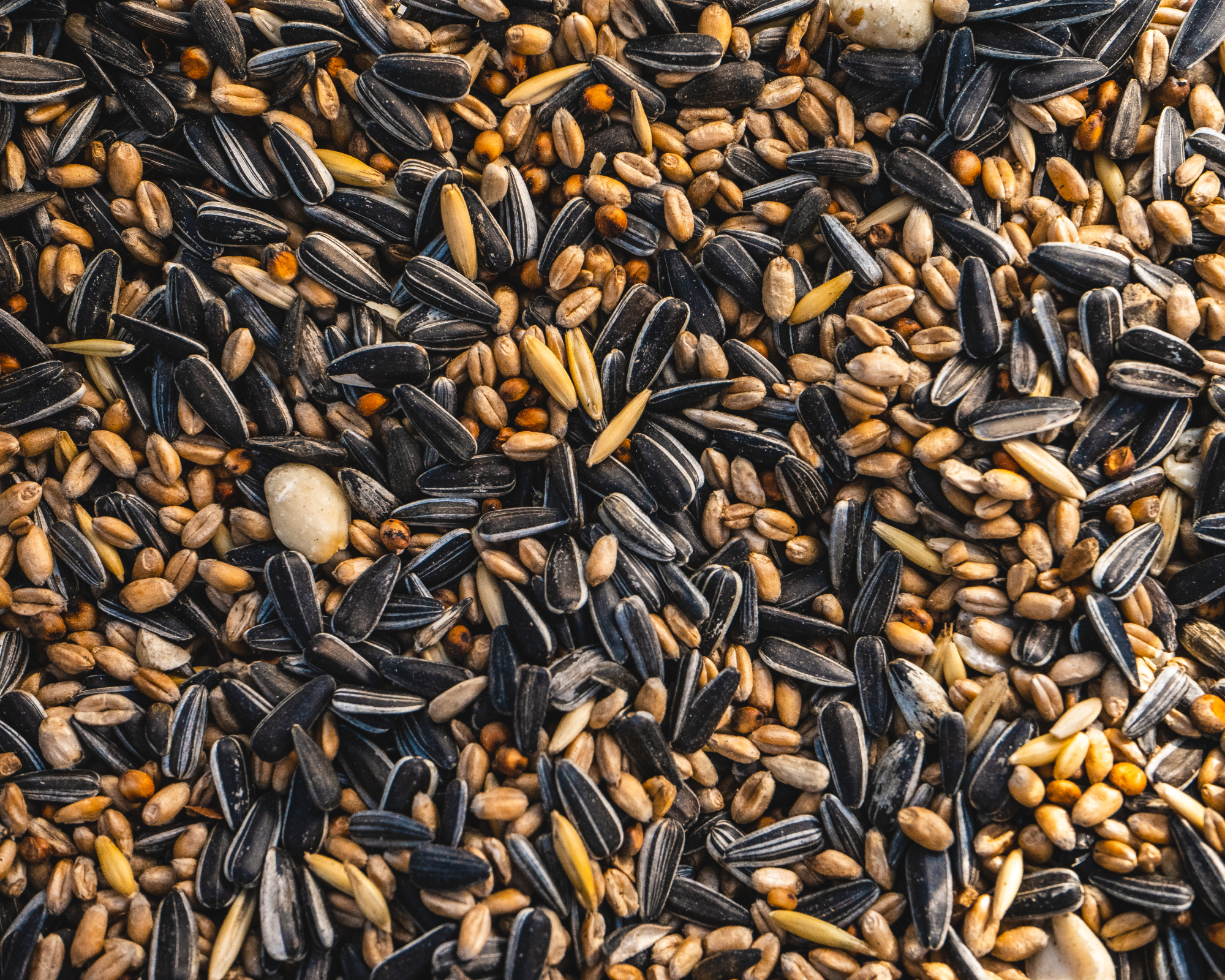
Can bird seed kill grass? Yes, especially when you feed birds allelopathic sunflower seeds. Allelopathy is when a plant releases a substance toxic to other plants. The toxin suppresses the growth of or even kills other plants near it. This reduces competition for nutrients.
Grass-free patches around your feeder can result from animals trampling and scratching the area for seeds. It can also be a result of allelopathy. Most bird seed mixes include sunflower seeds. The hulls release toxins that are bad for grass and other plants.
One solution is to plant shorter varieties of sunflower under the bird feeder! They are immune to their own allelopathy so you won't have a bare patch in your garden.
Other Considerations When Feeding Birds
Bird flu is an off-and-on concern when it comes to feeding birds. Whether it’s an issue depends on a current outbreak and where you live. It’s a good idea to check with your state’s wildlife or natural resources department to find out if there are bans on or warnings about bird flu and home feeders.
Even without a ban or warning, when bird flu is around, it’s a good idea to take extra care with bird feeders. Clean and disinfect the feeder regularly. Keep the area under the feeder clean to prevent large numbers of birds gathering.
How To Address Bird Feeder Problems
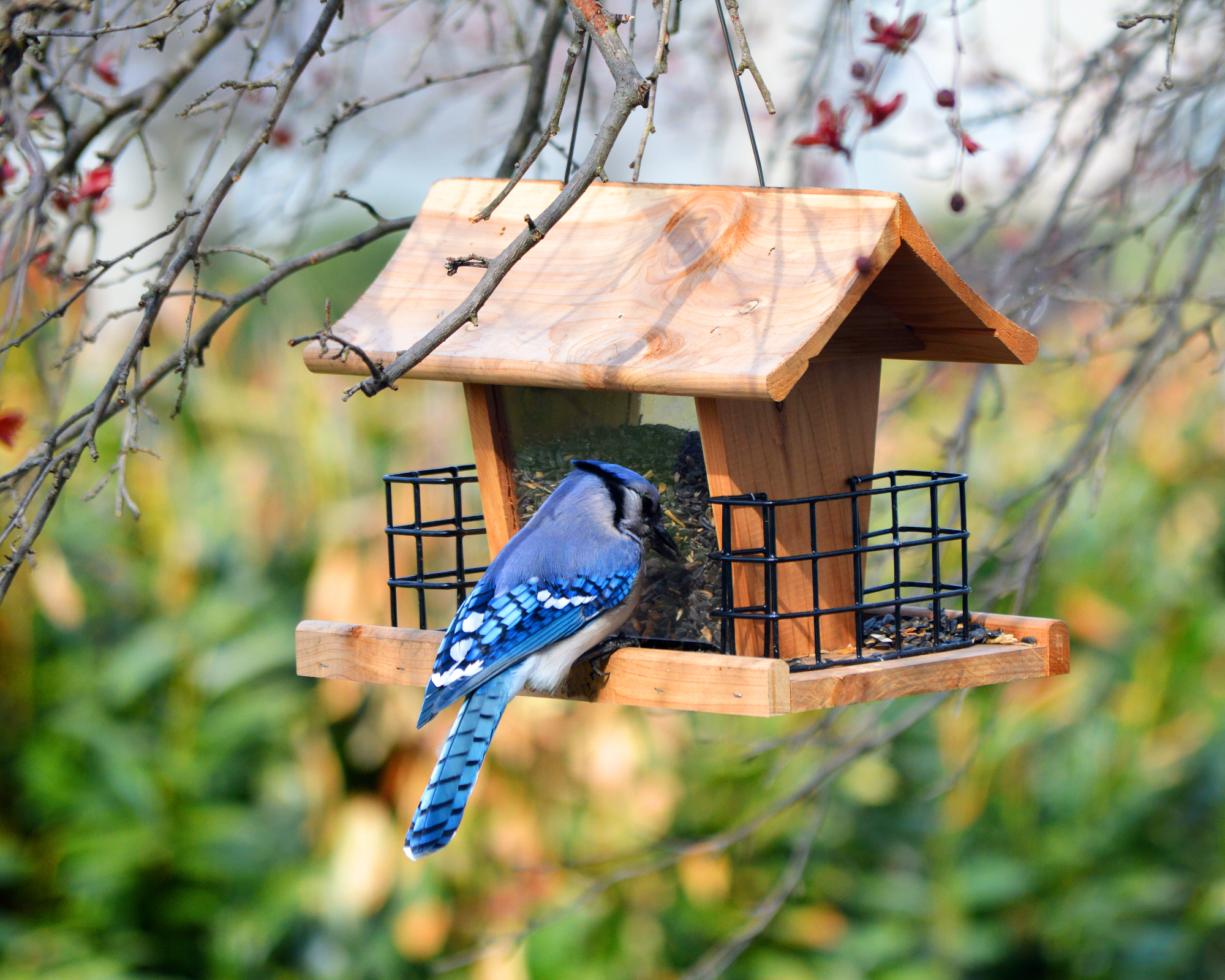
You can address issues of damage to your garden by placing bird feeders strategically. Place them in areas where you don’t mind animals scratching and trampling. Avoid placing them in beds. Regularly cleaning up seeds from under the feeders helps minimize weeds.
Damage to your garden is one thing, but the last thing a nature-lover wants to do is harm birds. Knowing how to keep bird seed from molding and disease from spreading can help you enjoy and protect your local birds.
First, always inspect bird seed mixes before using them. Dispose of the entire bag if you see any sides of mold. Also important is to keep your feeder and feeding area clean. Pick up debris from under the feeder regularly to keep it from molding. Clean the feeder once every week or two weeks to prevent mold and the spread of disease, like bird flu.
Frequently Asked Questions
How to Stop Bird Seed From Growing Under the Feeder?
The best way to stop bird seed from sprouting and growing under feeders is to clean them up regularly. Rake and gather the debris and either use it in your compost pile or dispose of it with other yard waste.
What Are the Negatives of Bird Feeders?
The downsides to having bird feeders include attracting pest animals, damage to your garden beds, bird seed causing weeds, and inadvertently harming birds if you don’t keep the area clean and mold-free.
This article features products available from third-party vendors in the Gardening Know How Shop.
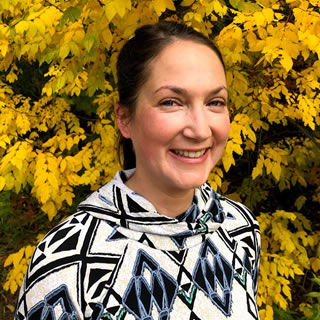
Mary Ellen Ellis has been gardening for over 20 years. With degrees in Chemistry and Biology, Mary Ellen's specialties are flowers, native plants, and herbs.
